
Kilimanjaro tipping
Tipping your Kilimanjaro mountain crew after a climb is an important custom. We explain why it exists, what a tipping ceremony is like, and exactly how much to budget for tips.
What is a Kilimanjaro tipping ceremony?
There would be a youtube video here.
Sadly, the youtube player requires cookies to work.
Is tipping on Kilimanjaro compulsory?
Tipping on Kilimanjaro is an essential and customary way of thanking your mountain crew for all of their hard work. And man do they work hard!!
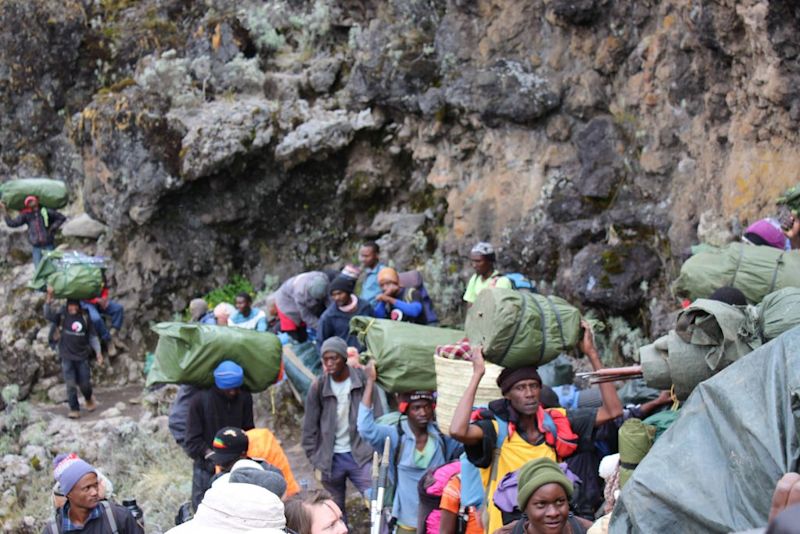
Who are the people in a mountain crew?
a lead guide assistant guides porters helping porters (porters with additional duties) a cook
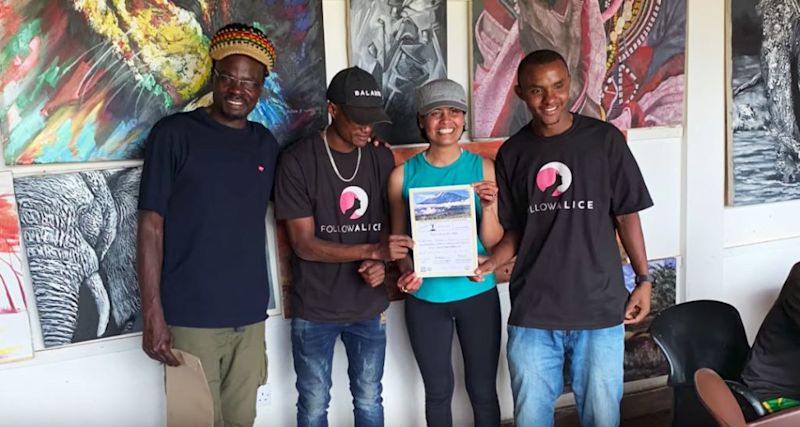
How big is a Kilimanjaro mountain crew?
Climbers-to-crew ratio
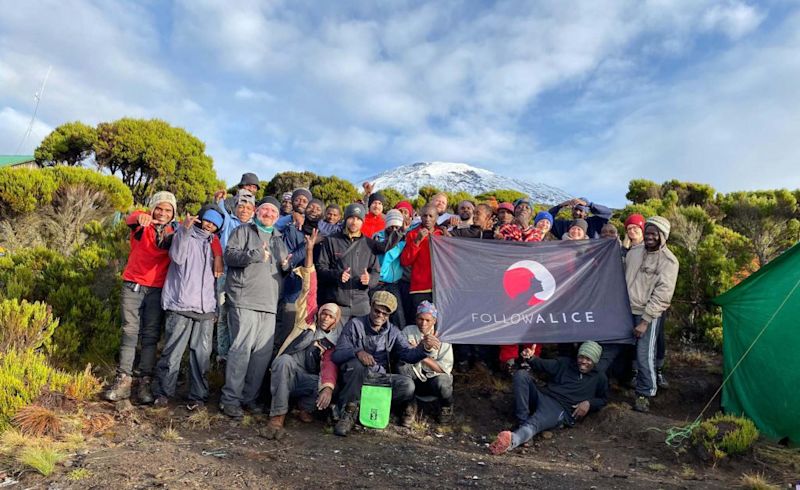
The roles of the mountain crew members
1 per group The overall trek leader, responsible for everyone's health and safety
1 for every 2 or 3 climbers They lead you safely and efficiently up the mountain, answer your questions, and monitor your health
1 per group Prepares all your food (breakfast, lunch, dinner and snacks)
3 per climber They carry food, camping equipment and everyone's personal belongings, set up and strike camp, and take on various other duties
The number varies per group They work as porters but each has an additional duty such as serving as your waiter, washing dishes or servicing the toilet tent
Food, crockery and cooking equipment Chairs and tables Sleeping tents, a mess tent and a toilet tent A chemical toilet (or toilets, depending on group size)* Sleeping bags and sleeping mats Medical supplies Personal belongings
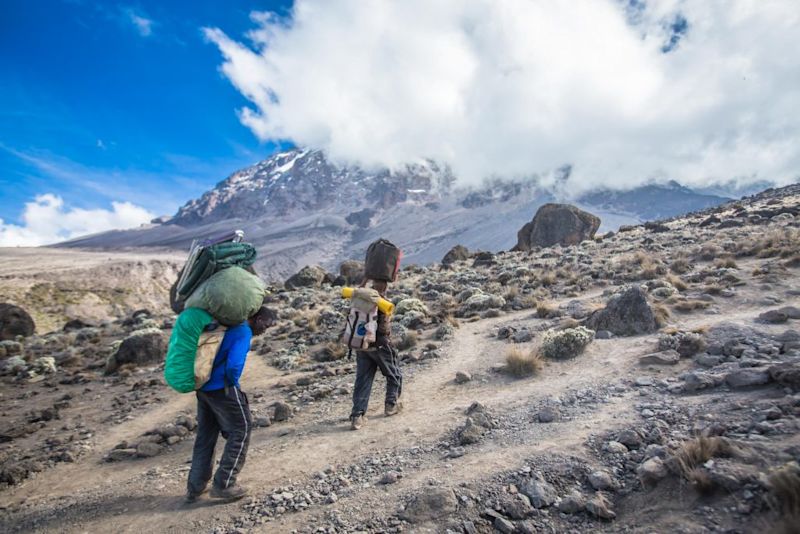
Companies that use a small mountain crew
Look for a tour operator that's a KPAP partner
Lending donated clothing at no charge to the mountain crew for use while climbing Offering educational classes to porters Educating the public on porter working conditions and climbing responsibly Providing industry guidelines for proper porter treatment
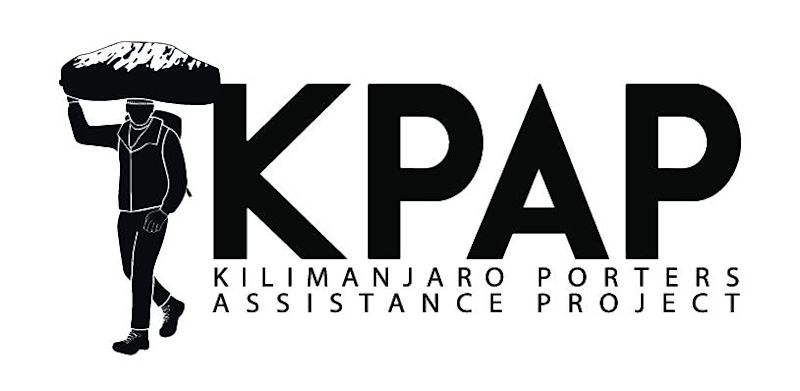
Can I climb without guides and porters?
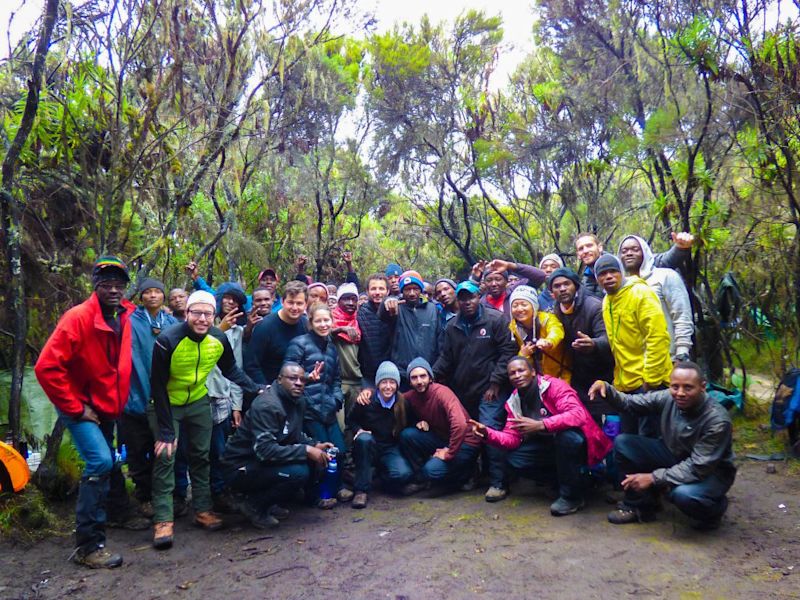
Why not just add a surcharge to the trip price?

How much should I be tipping?
Daily tipping amounts per mountain crew member

The longer your climb, the more you tip
Total tip amount (in USD) per climber for a SEVEN-day Kilimanjaro climb
Total tip amount (in USD) per climber for an EIGHT-day Kilimanjaro climb
Total tip amount (in USD) per climber for a NINE-day Kilimanjaro climb
Please tip according to the service received
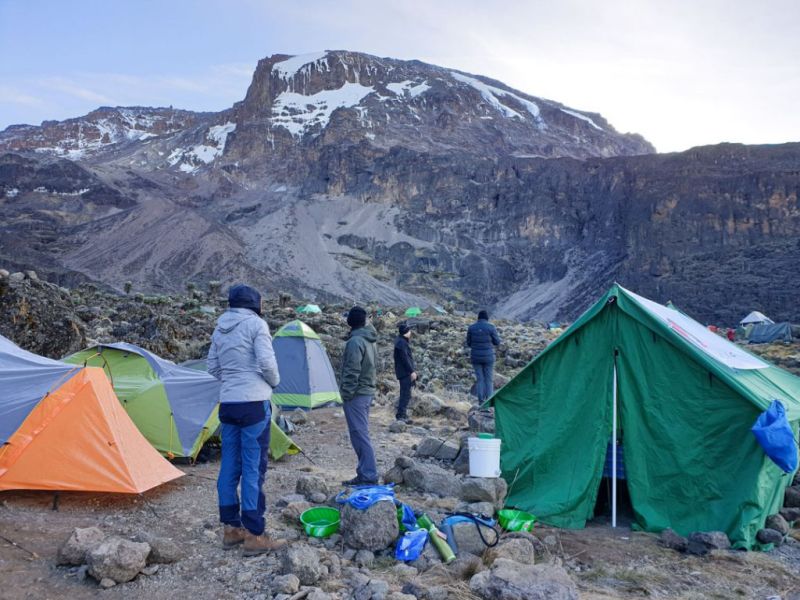
When do I hand over my Kilimanjaro tips?
What currency should I use for my tips?
Your tipping money needs to go up and down Kilimanjaro with you, ready for the tipping ceremony at the end!
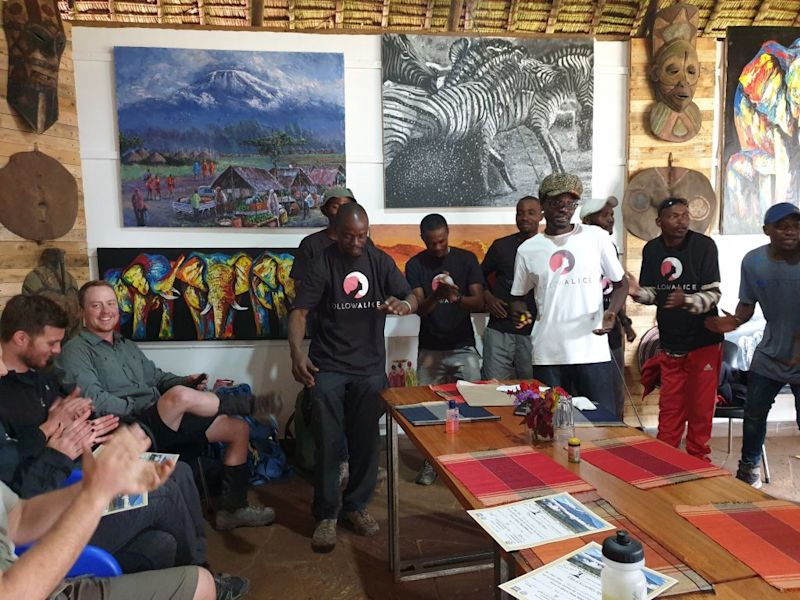
Appointing a spokesperson
On the penultimate day of the trek, discuss with the group how much money to give to each type of crew member as a tip. A good time to do this is during your last dinner on the mountain. You’re all together, happy from your summit, and excited to chat about your tips. You can invite the lead guide to help you decide on amounts if you’re feeling unsure. The tipping sheet you received from your lead guide is useful in helping you to record the amounts decided upon. Gather together the group’s collective tips to hand over during the tipping ceremony. If possible, please divide the tips into the correct amounts for each crew member. But we understand that this isn’t always possible given the denominations to hand. If this is the case, please fill in the amounts per crew member type on the tipping sheet in the space provided. Prepare to say a few words of thanks to the crew on behalf of the trekking group during the tipping ceremony.
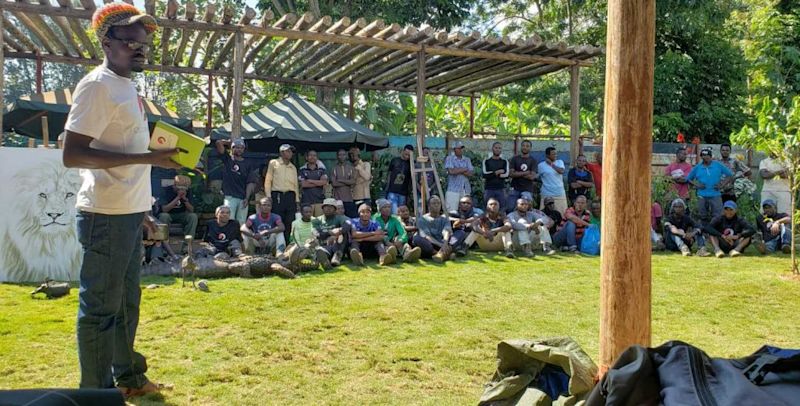
Tipping ceremony procedure
On the final day of the trek, the lead guide assembles the entire mountain crew together with all of the climbers. The group’s spokesperson (decided at your climb briefing) says a few words of thanks to the staff, which the lead guide translates into Swahili. The spokesperson now fills in and signs a tipping sheet (if this hasn’t already been done the night before) to indicate the total amount of tip given, as well as how much is being allocated to each type of crew member. He or she now hands over the total tipping amount to the lead guide. The lead guide counts the money and then signs the form to acknowledge the correct amount has been received. The lead guide then announces, in English and Swahili, the tip amount being given to each type of crew member. In this way, every crew member knows what to expect as a tip. There’s now lots of dancing, singing and celebrating by everyone!
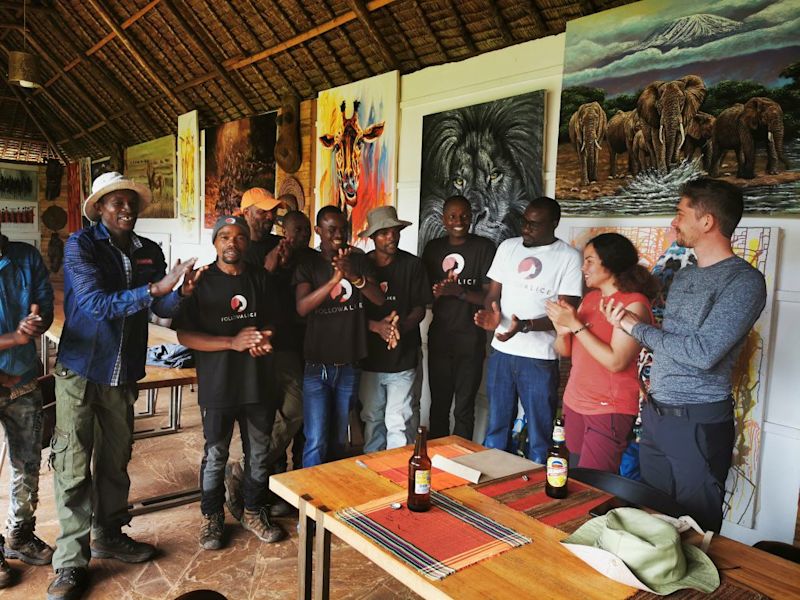
Go the extra mile ... donate trekking gear

Look for an operator who pays proper wages
At Follow Alice we always pay our mountain crew the recommended wage, and sometimes more.
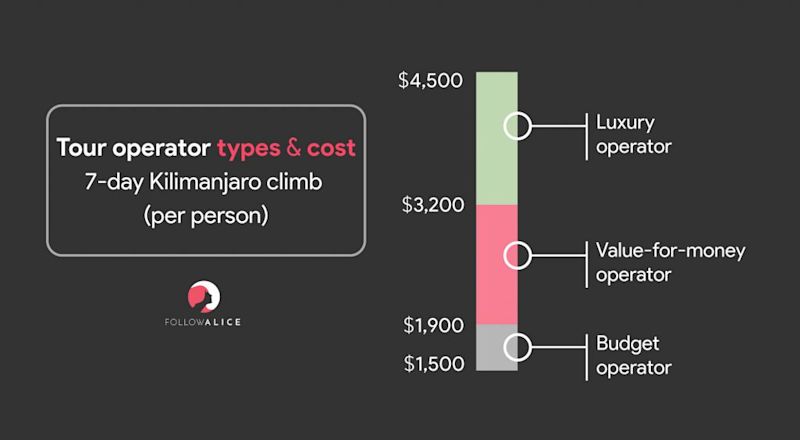
Meet the Follow Alice mountain crew
Our Tanzania directors and lead guides
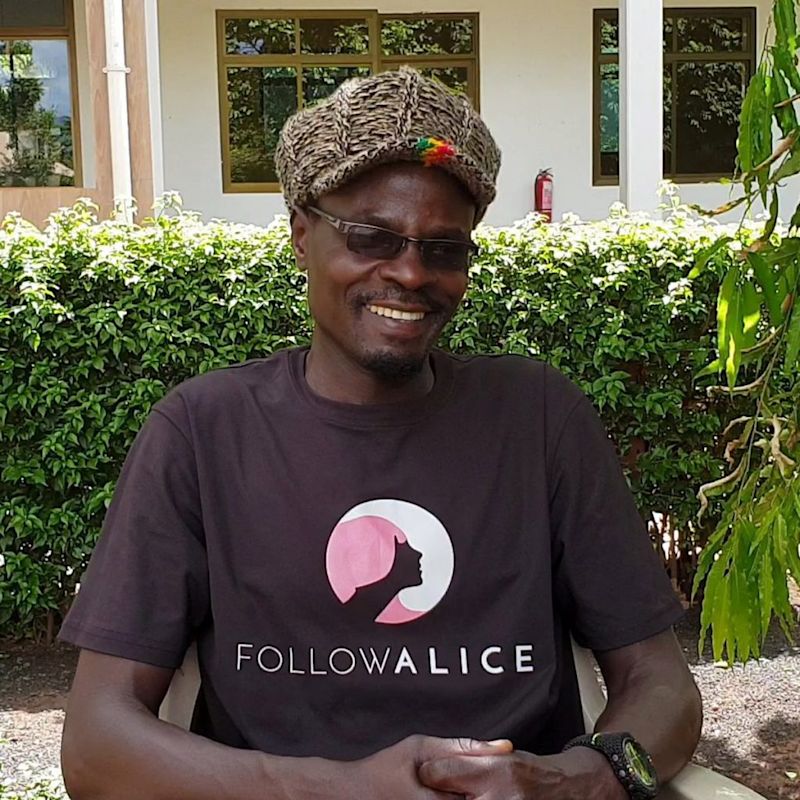
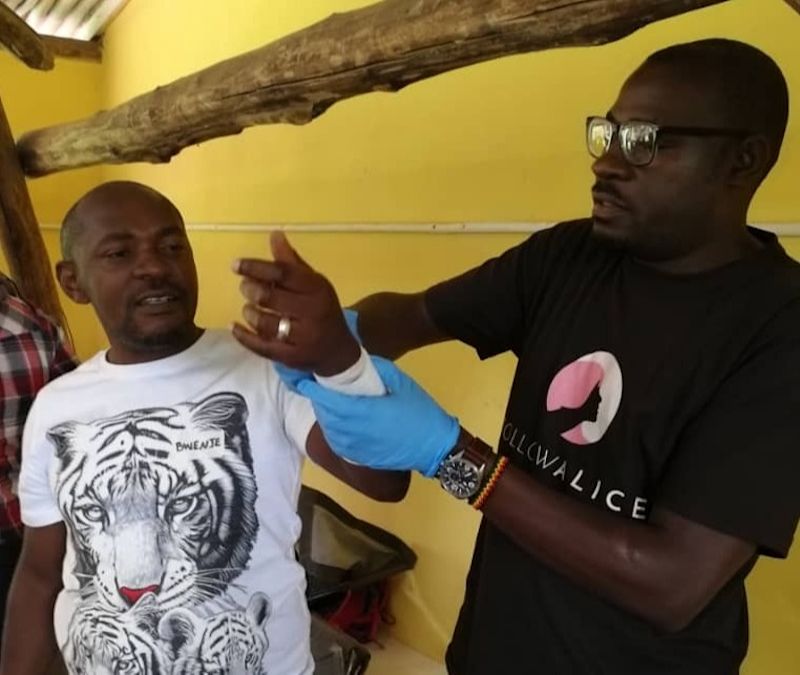
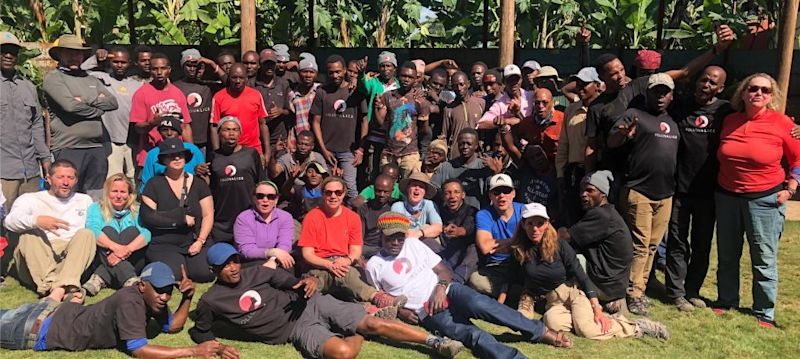
Our porters
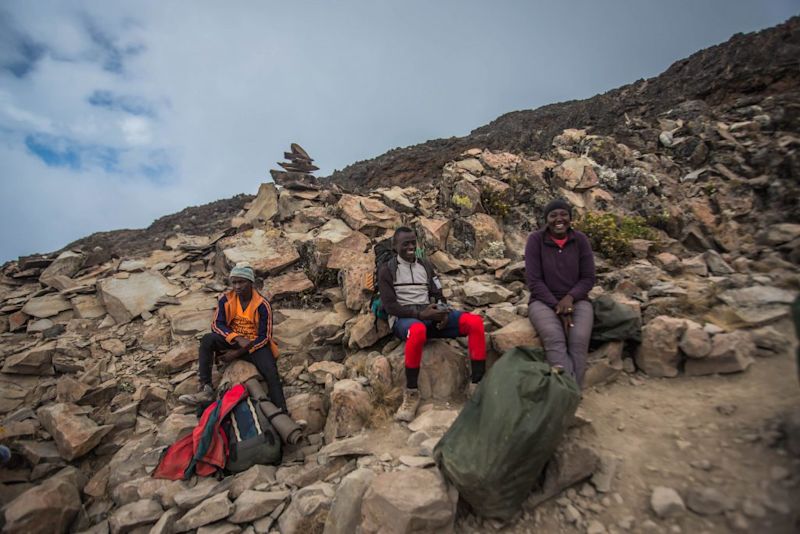
Our guides
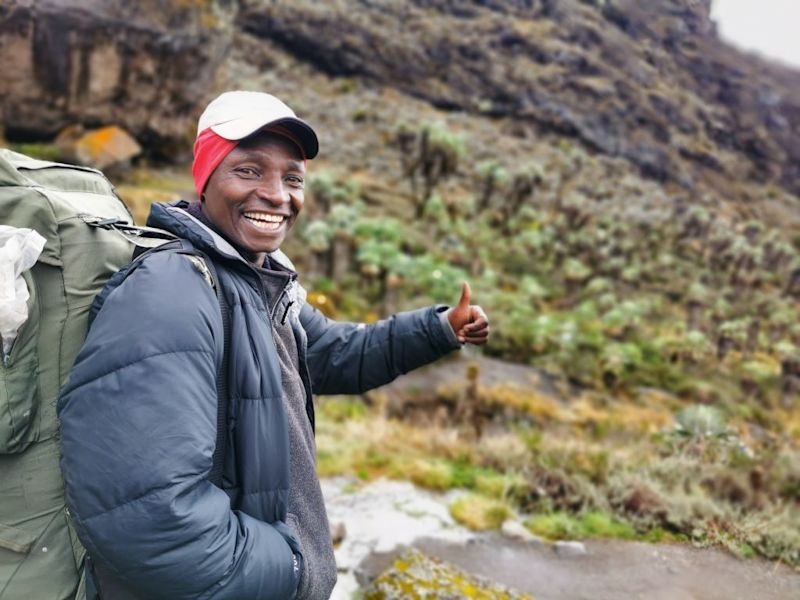
Our cook
Every single porter, cook and guide is an essential part of the Follow Alice team.
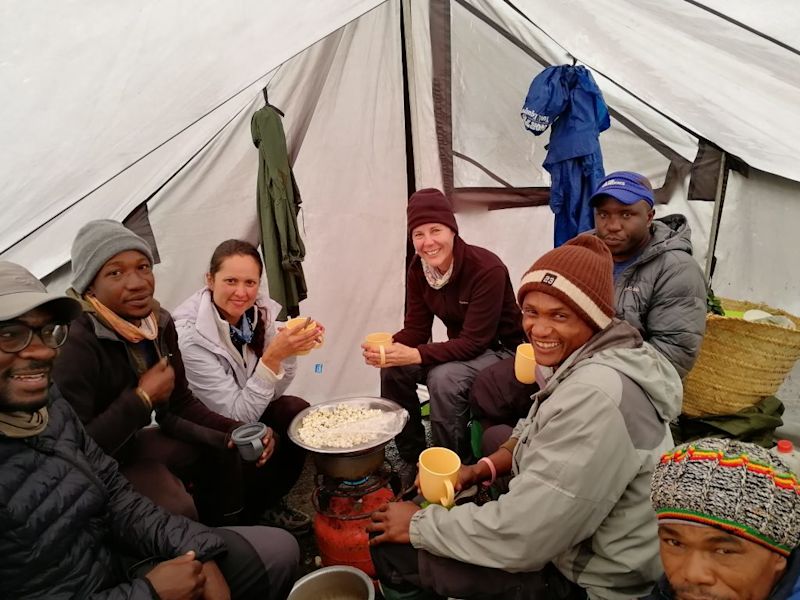
Additional Kilimanjaro climb costs to consider
Tour operator
International flights
Vaccines and malaria tablets
Visa fee
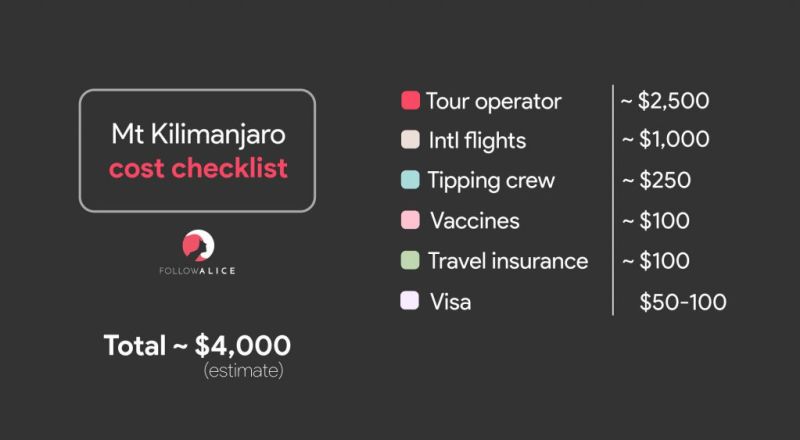
Travel insurance
Single supplement fee